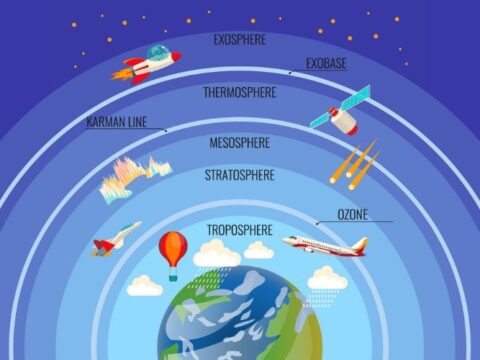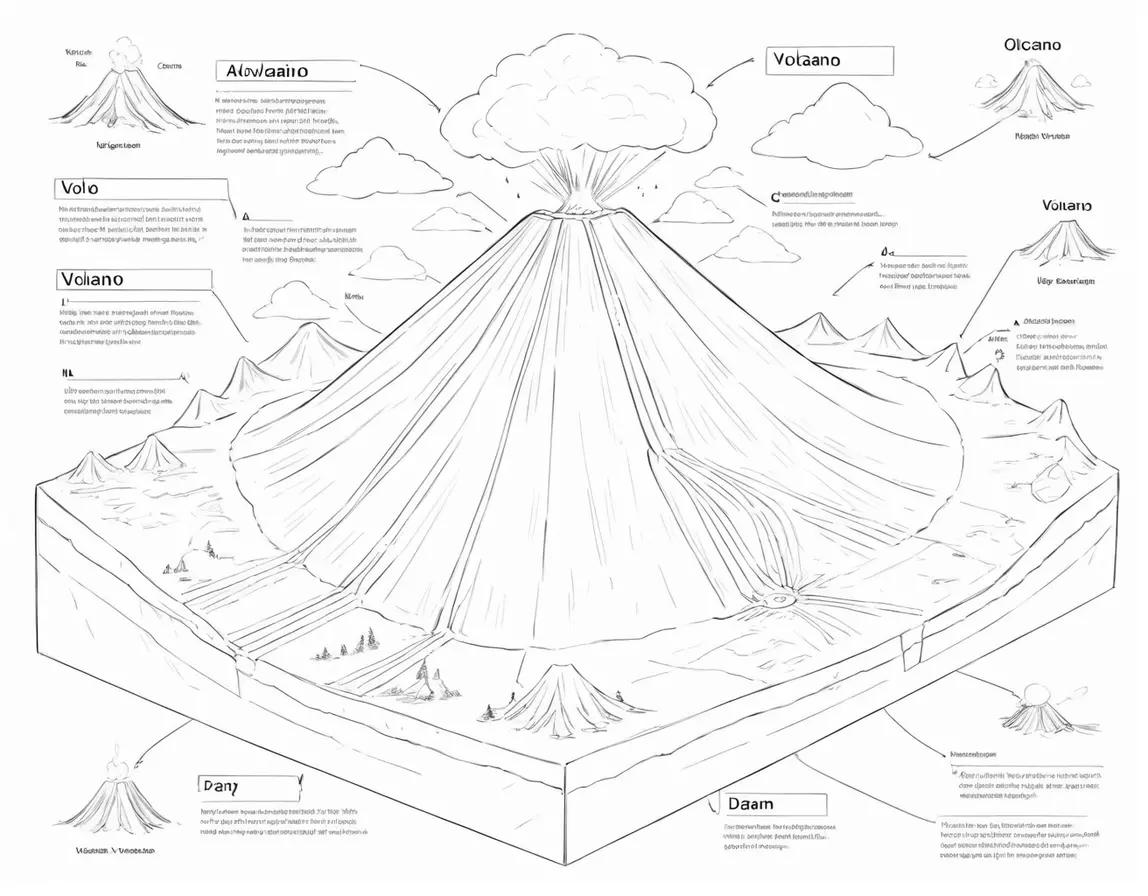
Motion is the most basic idea in physics. It describes how things move in space and time. This study goes into great detail about the complicated rules, types, and uses of motion. It reveals the laws that control how forces interact and how things move in the real world.
Definition and Basics of Motion:
Definition: Motion is the change in position of an object over time concerning a reference point. It is a fundamental concept in physics that forms the basis for understanding the behavior of matter in the universe.
Motion is described relative to a reference point or a frame of reference. A frame of reference is a set of axes that defines the coordinate system against which motion is measured.
Types of motion:
Translational Motion: Translational motion involves the movement of an object from one point to another without any change in its orientation. This is the most common type of motion observed in everyday life, such as a car moving along a straight road.
Rotational Motion: Rotational motion occurs when an object rotates around an axis. Examples include the spinning of a wheel or the Earth’s rotation on its axis.
Oscillatory Motion: Oscillatory motion involves repetitive back-and-forth movement around a central point. Examples include the swinging of a pendulum or the vibrations of a guitar string.
Circular Motion: Circular motion involves an object moving in a circular path. The object experiences a centripetal force that continuously pulls it toward the center of the circle.
Laws Governing Motion:
Newton’s Laws of Motion: Sir Isaac Newton’s three laws of motion form the foundation of classical mechanics.
First Law (Law of Inertia): An object at rest stays at rest, and an object in motion continues in motion with constant velocity unless acted upon by an external force.
Second Law (Law of Acceleration): The force acting on an object is equal to the mass of the object multiplied by its acceleration (F = ma).
Third Law (Action and Reaction): For every action, there is an equal and opposite reaction.
Equations of Motion: In addition to Newton’s laws, the equations of motion describe the relationship between an object’s initial velocity, final velocity, acceleration, displacement, and time. These equations are crucial for predicting and analyzing motion.
Dynamics of Forces:
Force: Force is a vector quantity that causes an object to change its state of motion. It is measured in Newtons (N) and is characterized by its magnitude and direction.
Frictional Forces: Friction opposes the relative motion or tendency of such motion between two surfaces in contact. It can act to either slow down or impede the motion of an object.
Tension Forces: Tension forces occur when a rope, cable, or any type of flexible connector is used to pull or suspend an object. The force is transmitted through the material.
Applications of motion:
Projectile Motion: Projectile motion describes the curved path that an object follows when launched into the air. The motion is influenced by gravity and air resistance, and examples include the trajectory of a thrown ball or a launched rocket.
Circular Motion in Everyday Life: Circular motion is prevalent in various aspects of daily life, from the motion of car tires to the orbits of planets around the sun. Understanding circular motion is crucial in fields such as engineering and astronomy.
Harmonic Motion in Sound Waves: Oscillatory motion is fundamental to the production of sound waves. Instruments like guitars and violins rely on the vibrations of strings to create harmonic motion and produce musical notes.
Advanced Concepts in Motion:
Relativity: Albert Einstein’s theory of relativity revolutionized the understanding of motion at high speeds. Special relativity describes the behavior of objects moving close to the speed of light, while general relativity addresses motion in the presence of gravitational fields.
Quantum Mechanics: At the quantum level, the motion of particles is governed by the principles of quantum mechanics. Wave-particle duality and the uncertainty principle introduce a new layer of complexity to our understanding of motion at the subatomic scale.
Technological Advancements and Motion:
Robotics and Automation: Robotics relies on precise control of motion for the operation of robotic arms, drones, and other automated systems. Understanding motion dynamics is essential for programming robots to perform various tasks.
Aerospace Engineering: The field of aerospace engineering involves the design and analysis of motion in the air and space. Achieving controlled flight, navigating spacecraft, and understanding the effects of gravity are critical aspects of aerospace motion.
Challenges in Motion Studies:
Non-Inertial Frames: Analyzing motion in non-inertial frames of reference, such as those experiencing acceleration, introduces complexities in calculations. The concept of fictitious forces, like centrifugal force, is employed to simplify such analyses.
Fluid Dynamics: Understanding the motion of fluids, whether liquids or gases, involves the complex field of fluid dynamics. Factors such as viscosity, turbulence, and pressure gradients contribute to the intricate behavior of fluids in motion.
Motion is studied at a wide range of levels, from the most basic moves to the most complicated quantum and relativistic events. From Newton’s laws to more complex ideas in physics, our knowledge of motion has changed over time, forming the basis for both classical and modern mechanics.
As we learn more about how motion works, we find new ways to use it in science, engineering, and our understanding of the universe. This leads to new discoveries and inventions all the time.



















